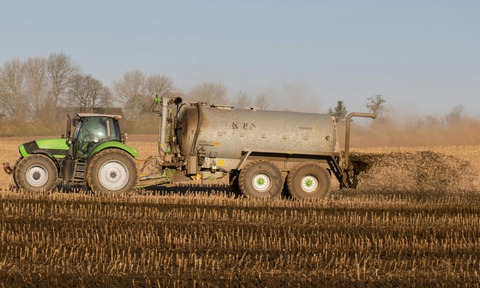Study unearths role of fertilisers in crop metals uptake
9 May 2025

Animal based fertilisers ensure agriculture and water systems are less exposed to pollutants than those reliant on phosphate or sewage sludge, suggests a new study.
Environmental scientist at the Vrije Universiteit Brussel (VUB) Yuwei Jia examined the effects of metals in farming soils in her doctoral work, Investigation on soil and water contaminants by Diffusive Gradients in Thin Films (DGT) and Chemical Activated LUciferase gene eXpression (CALUX).
The study looked at the presence of pollutants together with their effect on factors including pH, redox potential, and dissolved organic carbon.
It also considered the influence of different types of fertilisers on metals’ mobility and absorption or bioavailability.
Jia employed the S920-Diffusive Gradients in Thin Films (DGT) technique to determine measure the proportion of metals in soil available for crop uptake.
Jia’s supervising professor Yue Gao, of VUB’s analytical, environmental and geo-chemistry research group said use of the sampler was essential to assess accurately the fractions of metals present in soil as this was directly linked to the volume of plant uptake.
This allowed the researcher to compare the precise effects of animal manure with that of phosphate fertilisers and sewage sludge, concluding the animal product was most effective for limiting metals consumption.
The scientist also examined the influence of hormone-disrupting compounds – specifically oestrogen – in Belgium’s waters including sections of the Scheldt estuary, also connected to France and the Netherlands.
Jia used ER-CALUX bioassays to determine oestrogenic activity in water systems travelling downstream and reveal sediment concentrations demonstrated a decline over 40 years.
She concluded that such compounds could influence the endocrine systems of aquatic organisms but also human health.
VUB professor emeritus Willy Baeyens commented on Jia’s work saying:
“These results demonstrate the impact of investment in wastewater treatment and the effect of European regulations such as the Water Framework Directive.”
Pic: Mirko Fabian

